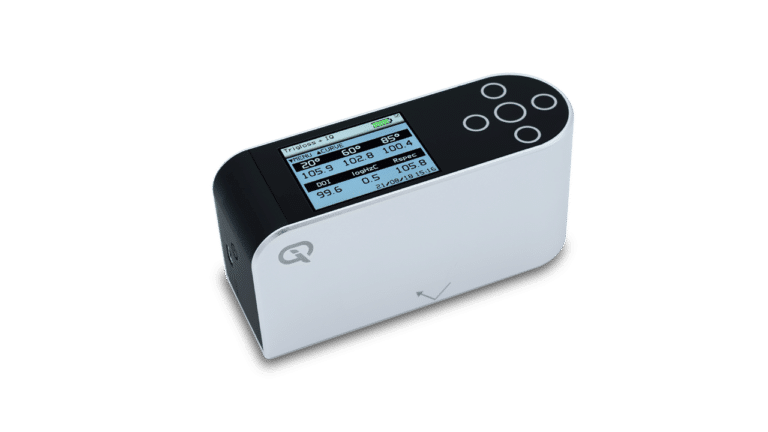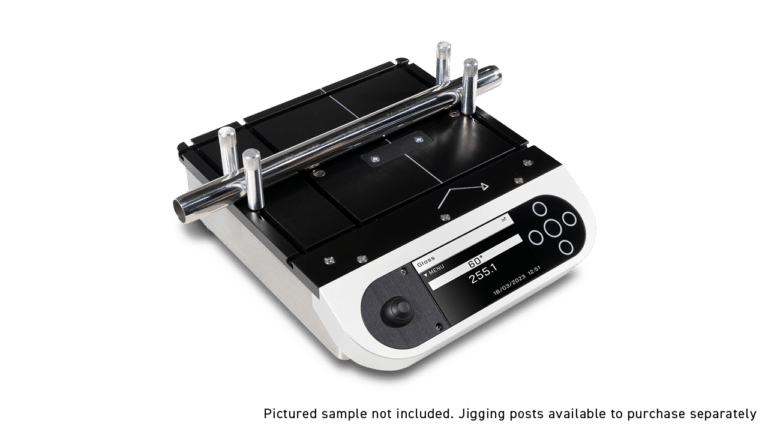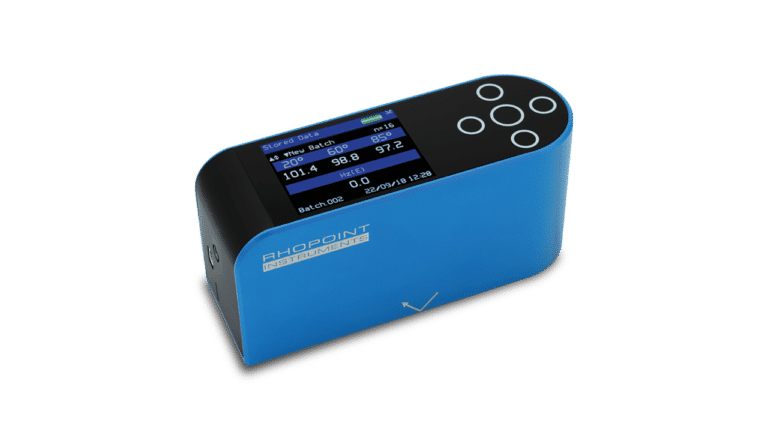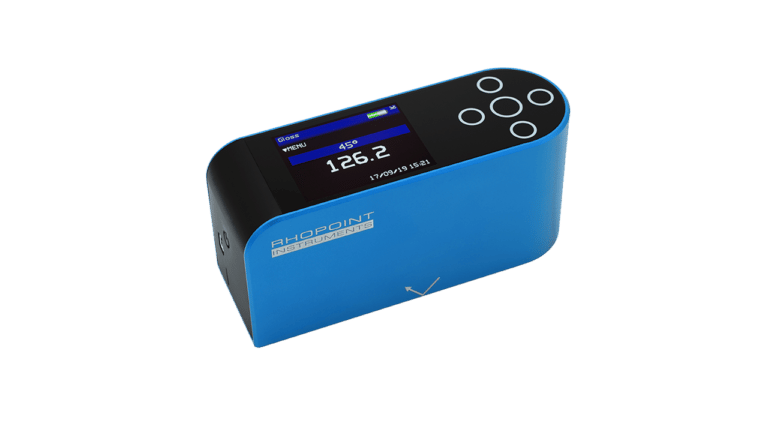What difference in gloss units is visible to the human eye?
If two different coatings are measured, what number of gloss units would be detectable by the human eye, how many units would be perceived as significantly different?
When measuring at 60 Degrees these detectable differences depend on the gloss level of the sample, for instance 3.0 GU difference measured on a very matt surface (perhaps 5GU), would be seen by the human eye but on a higher gloss coating (perhaps 60 GU) the difference would be very difficult to notice.
The only way that you can determine tolerances for your products would be experimentally, perhaps preparing printed samples at different gloss levels that you can show to end users of your coatings or internal “experts”
The other option is to change to a 20/60/85 degree instrument, the 85 degree glossmeter is more sensitive to differences in gloss below 10 GU @ 60º and the 20 Degrees has higher resolution on high gloss coatings (above 70 GU @ 60º). The advantage of using the three angles is that there is more equality to the gloss differences, in our experience a gloss difference of 5 GU, when measured with the correct geometry is just visible to a trained observer.
Related products

Concrete Clarity Meter (CCM)
- Industry standard Concrete Clarity Meter
- Measures Gloss, Haze and DOI of polished concrete
- 20/60˚ Glossmeter for high gloss finishes
- Compatible with concrete polishing standards

Novo-Curve 4 Glossmeter
- Benchtop glossmeter, Measures at 60°
- Suitable for both curved & flat surfaces
- Precise measurement of small areas & irregular shapes
- Custom adaptor jigs available
- To ensure accurate and reliable results, the Novo-Curve 4 Glossmeter is supplied with standards calibrated and certified according to ISO 17025 UKAS

Novo-Gloss 20/60/85 Glossmeter with Haze to ASTM E430
- 20/60/85° gloss meter for matt to mirror finishes
- Haze measurement to ASTM E430
- Full statistical analysis with trend graphs
- Does the surface to be measuring have texturing?

Novo-Gloss 45 Glossmeter
- 45° glossmeter for all gloss applications
- Specialist angle for the measurement of films and ceramics
- Full colour easy to read screen
- Easy reporting
